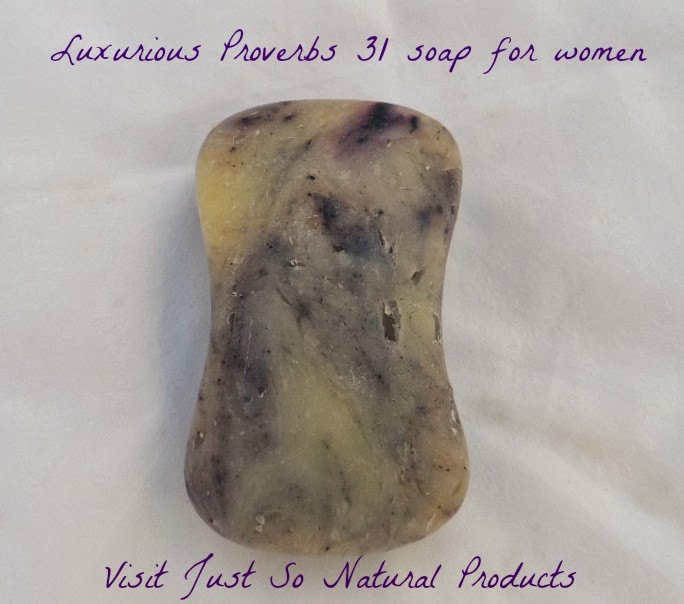Do you find yourself confused by the different options for sweetening your food? Wondering if unrefined sugar is truly better than refined white sugar? Is honey better than agave? How about xylitol or stevia?
One of the key considerations is the amount of fructose, which gives food its sweet taste. Fructose makes up 50% of table sugar, and occurs naturally in fruits and even some vegetables.
Fructose, like alcohol places a burden in the liver. Unlike alcohol, fructose kicks the liver into fat storage mode, which can lead to insulin resistance and obesity.
The resulting metabolic syndrome is perceived as a lack of discipline or willpower, when in fact the problem is biochemical.
The key it seems is keeping sugar in its place. . Historically, sugar has been considered a special treat rather than an entitlement. Dr. Robert Lustig, author of
Fat Chance, Beating the Odds Against Sugar, Processed Food, Obesity, and Disease says it's best to stick with fructose in its natural form.
"Naturally occurring fructose comes from sugarcane, fruits, some vegetables, and honey. The first three have way more fiber than fructose, and the last is protected by bees. Nature made sugar hard to get. Man made it easy to get."
We made it very easy to get when we invented high fructose corn syrup in the 1970s. HFCS is processed with chemicals such as caustic soda (which may or may not contain mercury), alpha-amylase, hydrochloric acid, and isomerase, using corn (likely to be genetically modified) as its substrate. The corn starts out with no fructose, but after the enzymatic process yields a substance that is 55% fructose and 45% glucose. Clearly, HFCS comes with a set of risks.
However, the fructose content is virtually the same as table sugar. Therefore, avoiding HFCS may be a good step, but not the solution.
Some of the highest concentrations of fructose occur in unexpected places. Fruit juice concentrate can go as high as 90%, depending on sugars added or the type of fruit used. Apple juice concentrate is about 70% fructose, while orange juice concentrate comes in at 50%.
Agave nectar is derived from the yucca family of plants and requires high amounts of processing to convert the root bulb into syrup. The process is not unlike the one used to convert cornstarch into HFCS. Depending on the process used, the fructose content can range from 55% to 90%.
The similarities between naturally occurring and manufactured sweeteners can be seen in the following graph:
What about artificial sweeteners?
Sweeteners like aspartame and sucralose (Splenda) are 100% chemically derived and thus present a challenge to our already overburdened cells. These chemical compounds easily cross the blood-brain barrier, carrying with them the potential to do neurological damage.
Unrefined sugars include sucanat, rapadura, and turbinado. Rapadura and sucanat are similar dehydrated sugarcane juice products. Both retain the molasses. Turbinado adds the extra step of removing impurities and surface molasses with a centrifuge.
Sugar alcohols such as mannitol, sorbitol, and xylitol are neither sugar nor alcohol, but do add sweetness. All three occur naturally in various fruits and vegetables; however, sorbitol is most often produced from corn syrup. These substances are not fully digested by the body and can lead to abdominal pain, cramping, or gas.
Other options worth considering are stevia and lo han. Lo han is derived from the Chinese monk fruit, while stevia is an herb native to South America. Both can be found with varying degrees of processing, but do not carry the fructose burden common to other sweeteners.Keeping sugar in its place, unrefined or otherwise, can go a long way toward protecting our health.
Read More...





.jpg)







